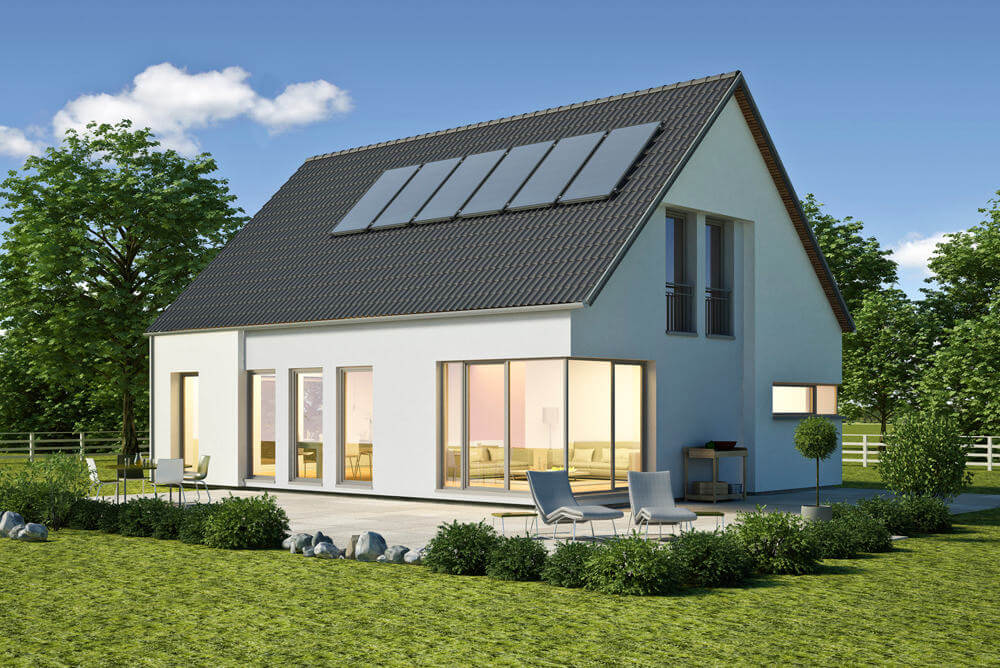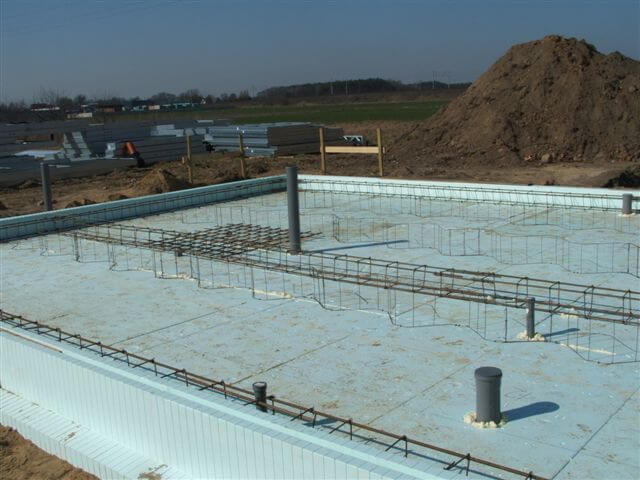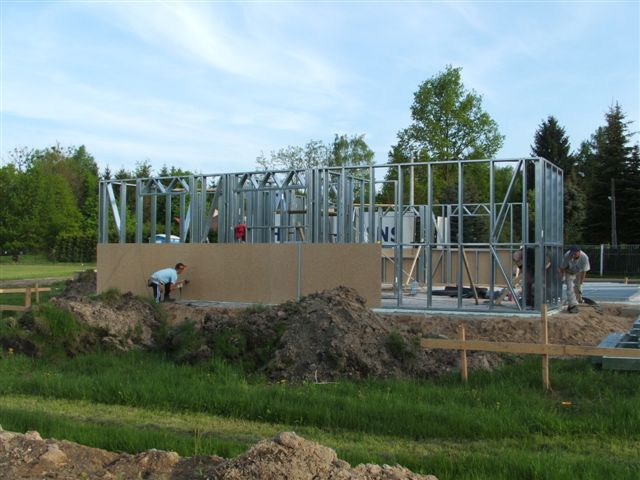CONSTRUCTION STANDARDS OF ACERO FRAME HOUSES
Light Steel Frame Construction technology allows to erect any type of building: single- and multi-family houses, schools, hospitals, commercial or industrial buildings, warehouses, gazebos, garages, sports facilities, shop floors, workshops, logistics centers, car showrooms and service stations, social facilities, exhibition halls, buildings intended for farming purposes, barns, canopies and other.




